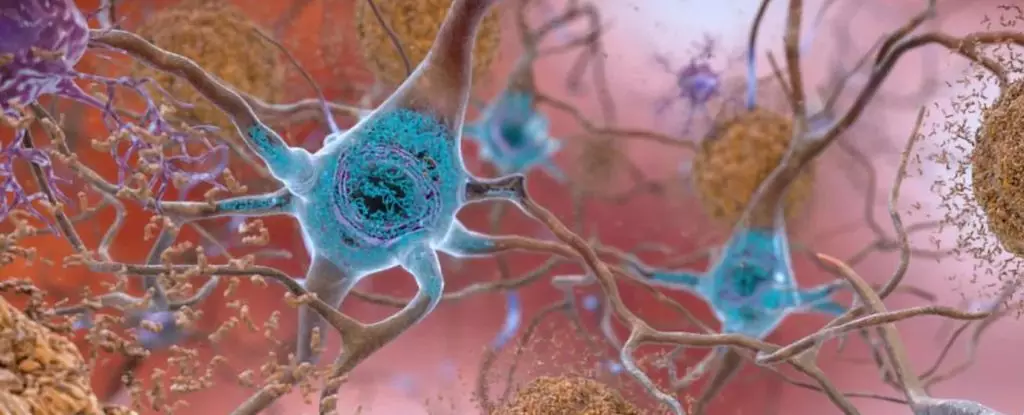In the intricate dance of biological processes within the brain, molecules play critical roles, often taking on unexpected functions. One such molecule, known as BMP (brain lipid-associated molecule), is fundamentally a lipid but paradoxically acts as a scavenger, managing other lipids and ensuring they are not indiscriminately disposed of. For decades, scientists have grappled with the conundrum of how BMP effectively avoids breakdown while performing its crucial garbage-collecting duties. Recent groundbreaking research led by Shubham Singh and colleagues at the Sloan Kettering Institute sheds light on this mystery, revealing novel insights into BMP’s structural resilience and its implications for diseases like dementia, including Alzheimer’s.
What sets BMP apart from its lipid counterparts is its molecular configuration. Unlike most lipids, which possess a right-handed (R) structure, BMP is strategically left-handed (S), altering its functionality and how it interacts within the cell. The transformation from the standard right-handed glycerol 3-phosphate to the left-handed BMP occurs through a specific enzymatic pathway. Recent studies conducted on both mouse and human cells have pinpointed two vital enzymes, PLD3 and PLD4, residing in lysosomes—cellular compartments integral to lipid production.
Placing these enzymes under the microscope, researchers discovered that they are pivotal in establishing BMP’s distinctive handedness. As Cornell University cell biologist Jeremy Baskin remarked, previous assumptions about BMP’s production pathways led to a misidentification of the enzymes involved. This revelation opens new avenues for understanding lipid biochemistry and the potential for manipulating BMP levels via targeted genetic or pharmacological interventions.
The significance of BMP in brain function goes beyond mere lipid management; it plays a vital role in mitigating neurodegenerative conditions. Research indicates a stark correlation between BMP levels and the risk of developing various forms of dementia, particularly Alzheimer’s disease and frontotemporal dementia. In these conditions, BMP is notably reduced, allowing for the accumulation of detrimental lipids like gangliosides, which are known to be neurotoxic at elevated levels. The accumulation leads to gangliosidosis, a condition characterized by neuronal degeneration.
Remarkably, laboratory studies have demonstrated that supplementing BMP to cells afflicted by gangliosidosis enhances their recovery, highlighting BMP’s potential as a therapeutic agent. With over 10 million new dementia cases registered globally each year, understanding the biological pathways that lead to cognitive decline becomes imperative for developing effective therapeutic strategies.
Dementia represents a multifaceted challenge that engages numerous biological pathways—many of which remain elusive to researchers. Understanding how BMP operates within these pathways not only aids in clarifying its protective role but also paves the way for promising interventions that could stabilize or even reverse cognitive decline. The revelation that mutations in the PLD3 enzyme—an enzyme already associated with Alzheimer’s—can drastically lower BMP production emphasizes the critical nature of lipid regulation in maintaining neuronal health.
Research initiatives aimed at elucidating the complex interplay between BMP and other cellular components can yield further insights into the underlying mechanisms of dementia. The more we explore these pathways, the closer we inch toward effective treatment options for diseases that presently have no cure.
As science strives to decode the complexities of brain health, BMP stands out as a crucial player in the neurochemical landscape. The dual role of BMP as both a lipid and a guardian of fat homeostasis juxtaposed with its unexpected structural characteristics fuels our curiosity in lipid biology. Moving forward, continued research on BMP and its associated pathways promises to deepen our understanding of neuronal function and pave the way for innovative approaches to address the daunting challenge of dementia. By closely examining these mysteries of molecular biology, we can eventually transform our approach to treating and managing cognitive decline related ailments.


Leave a Reply